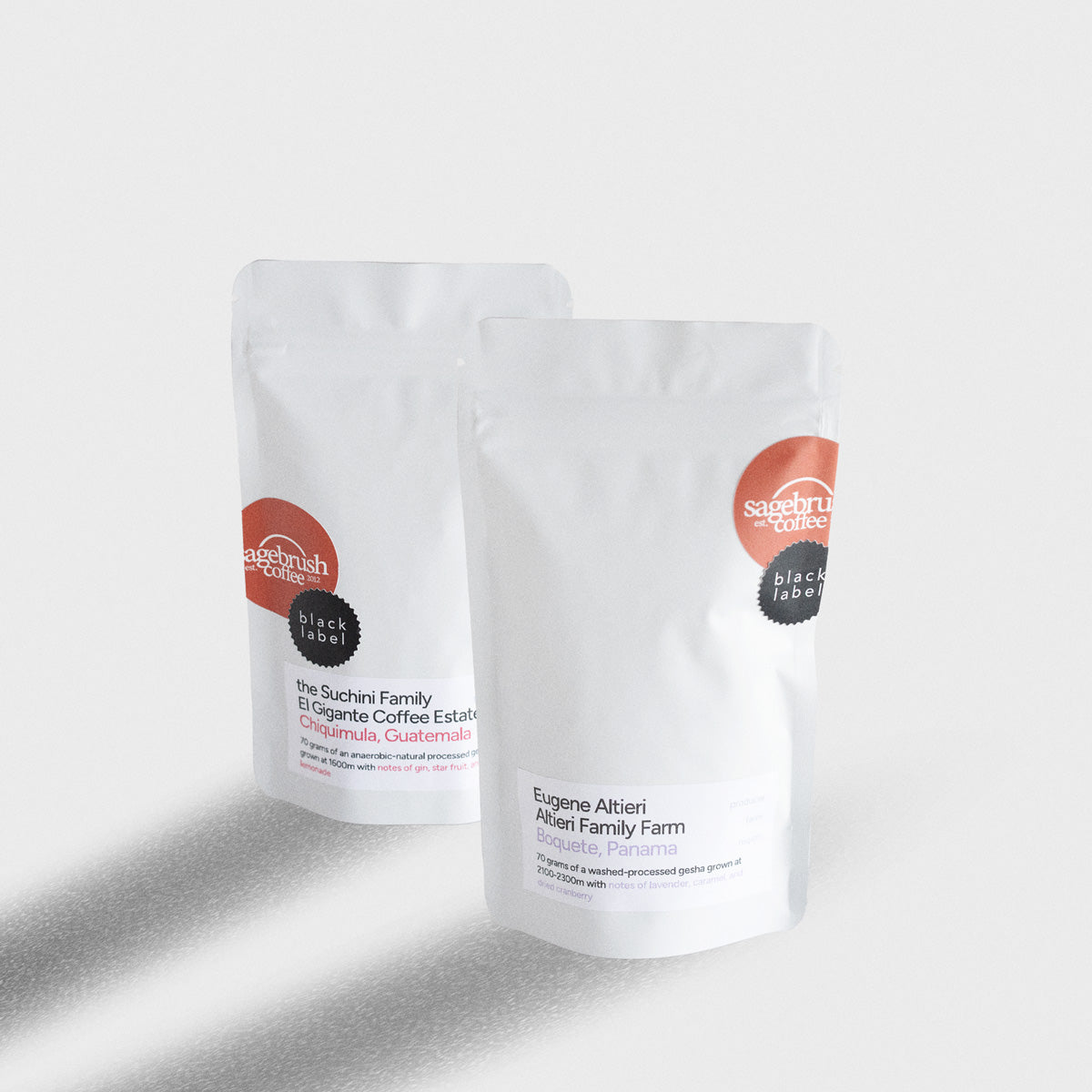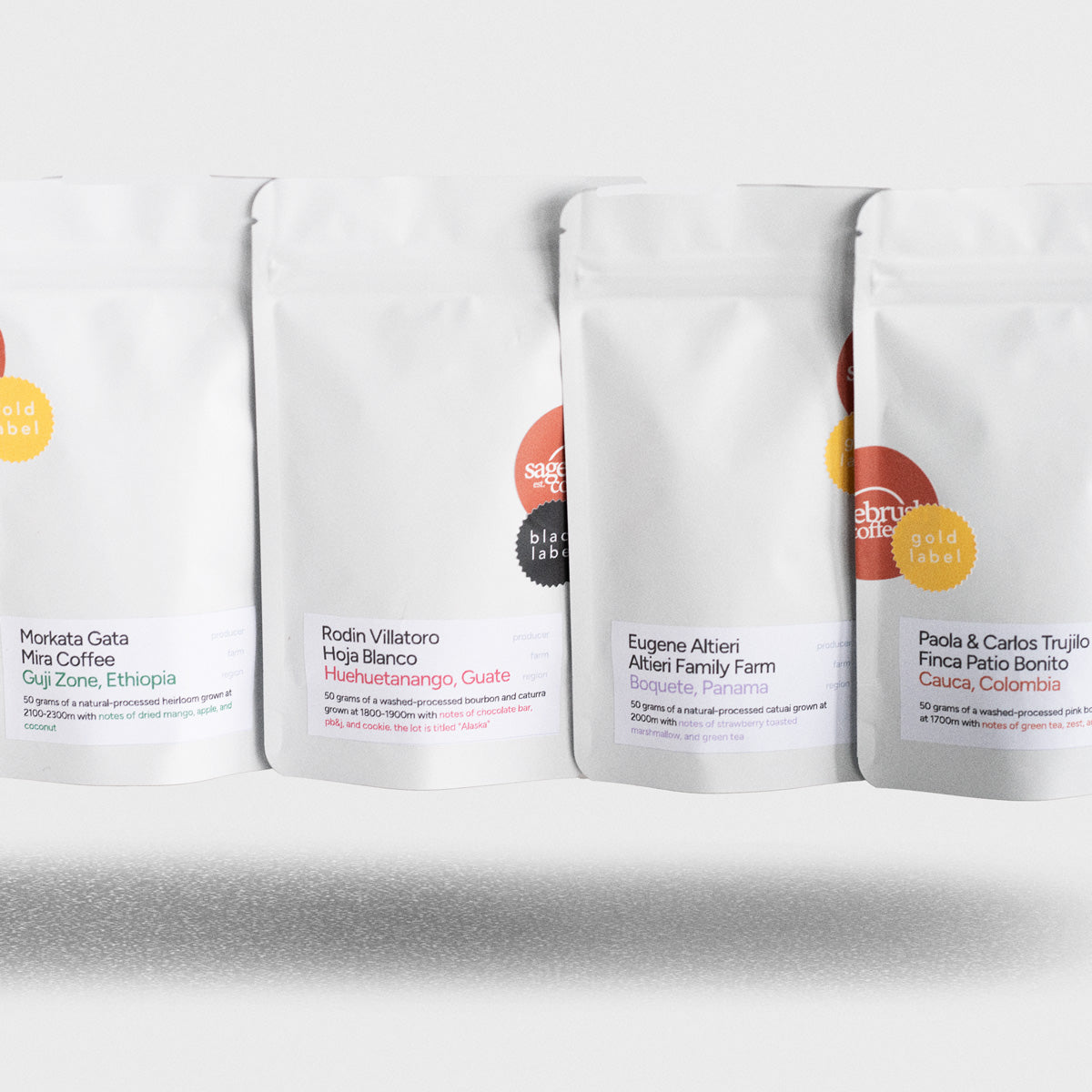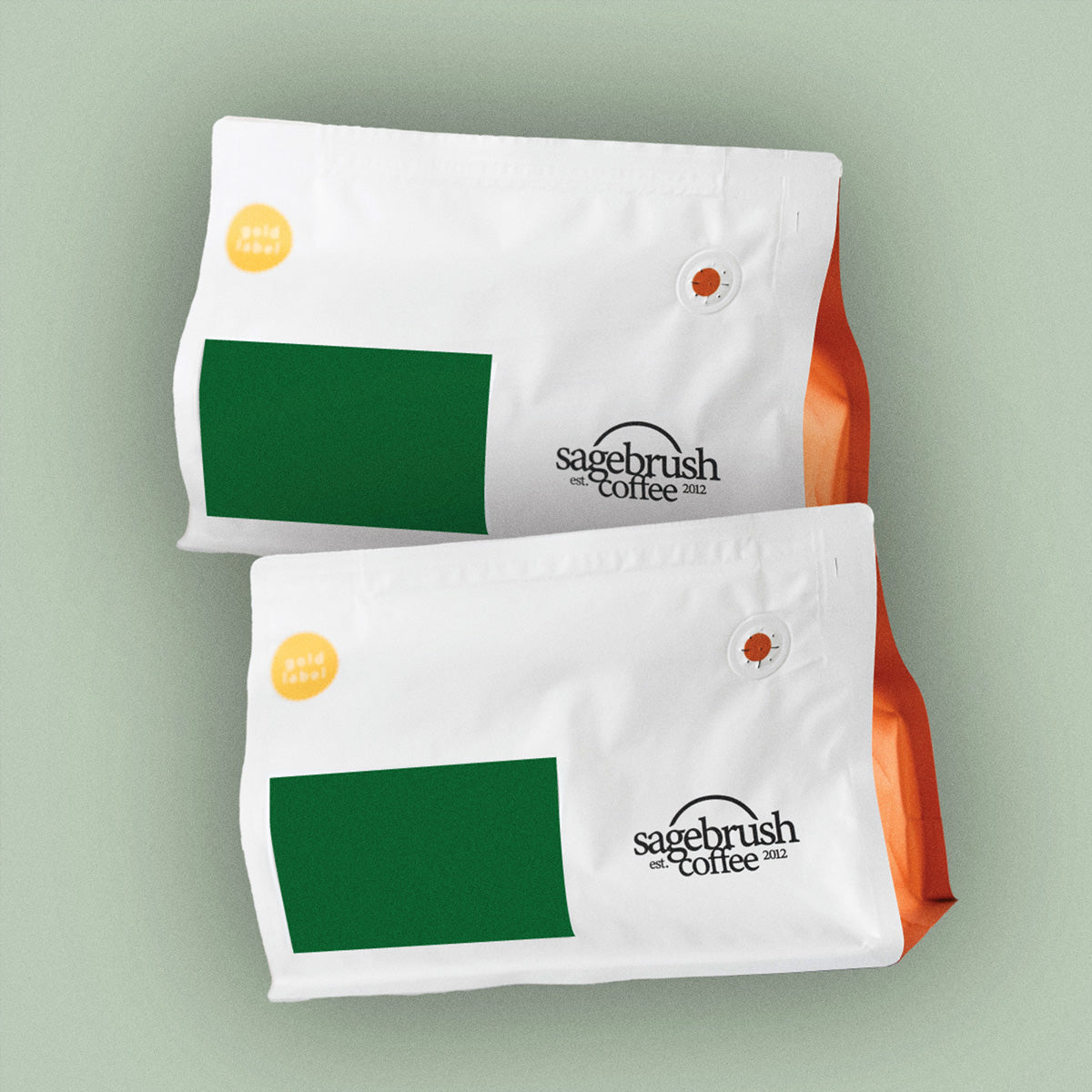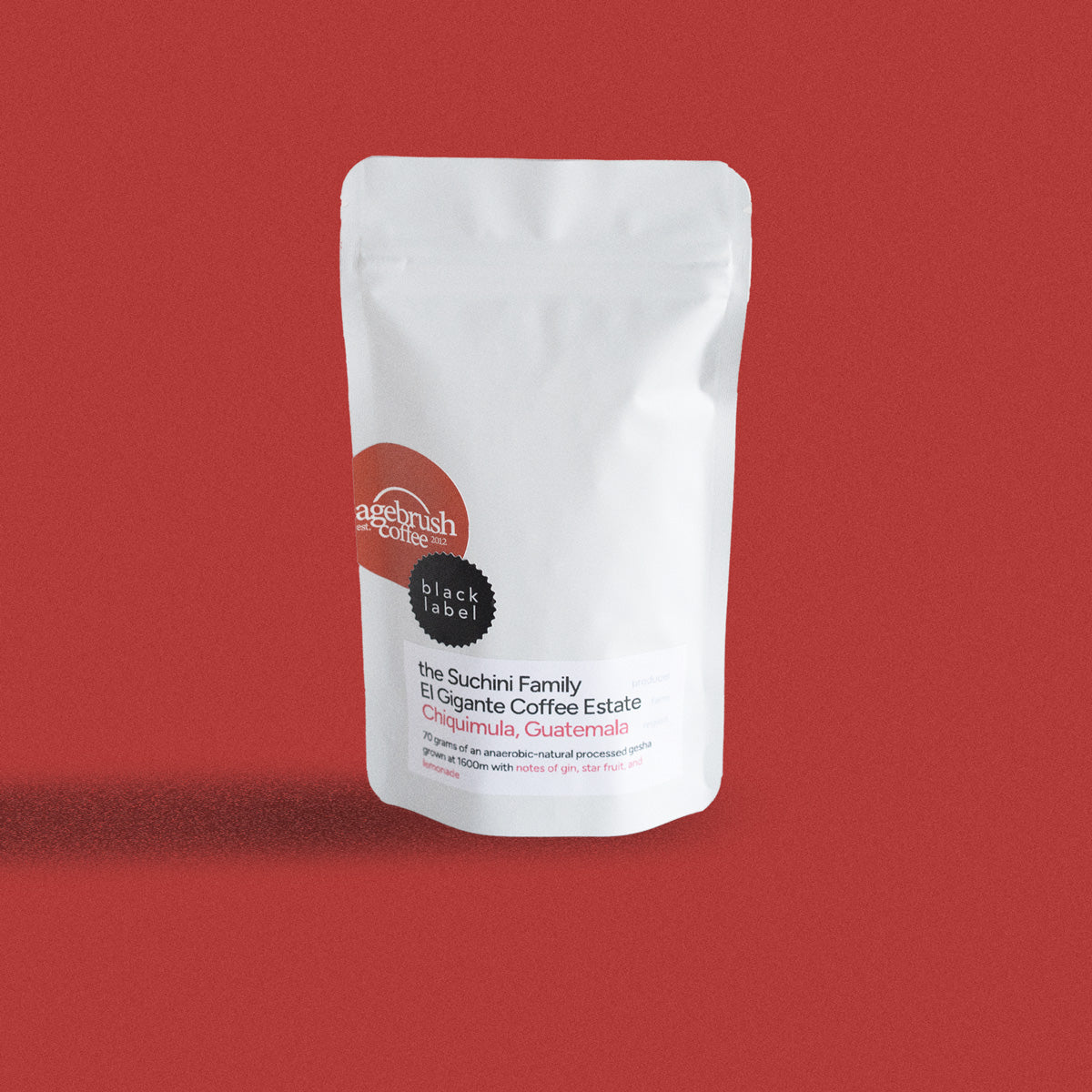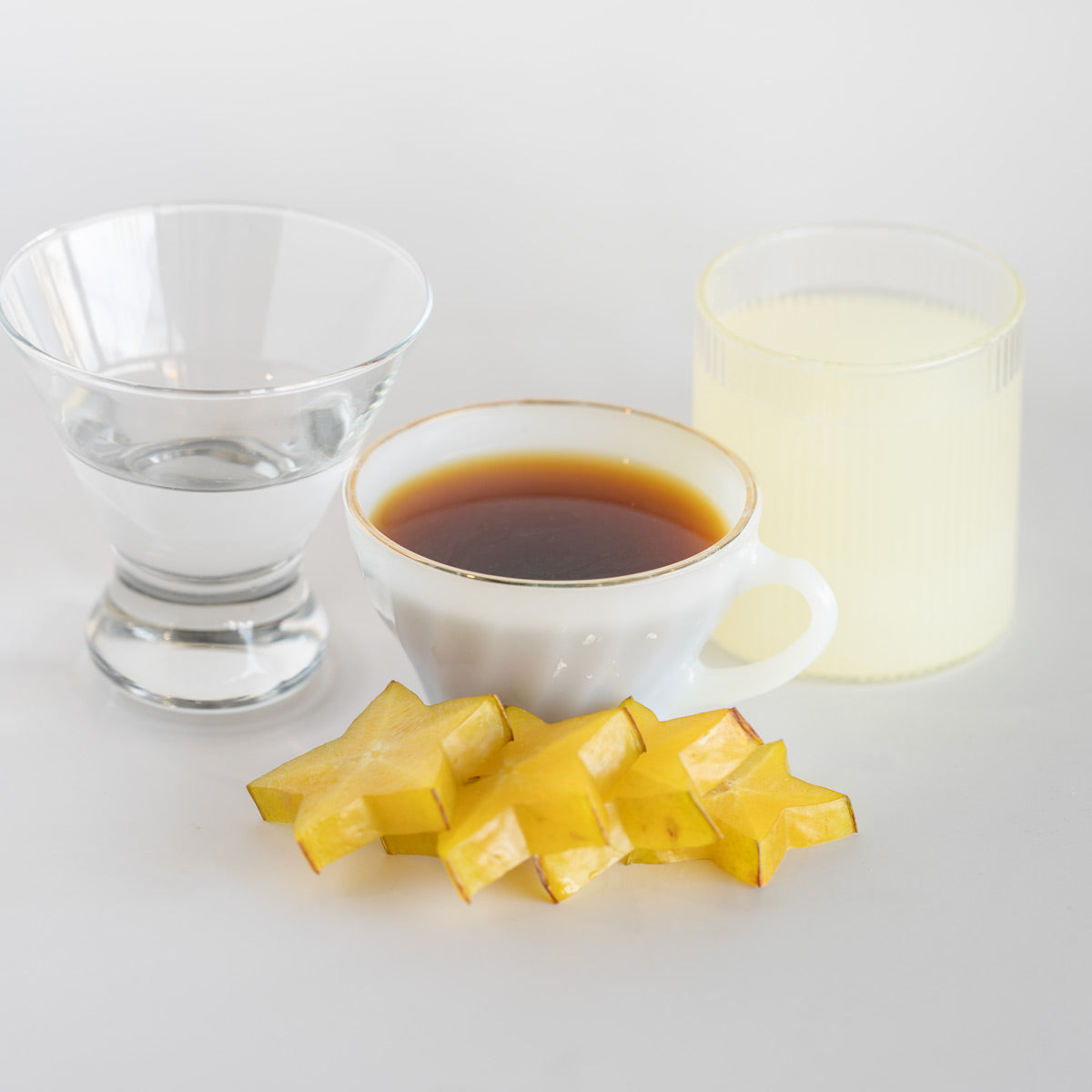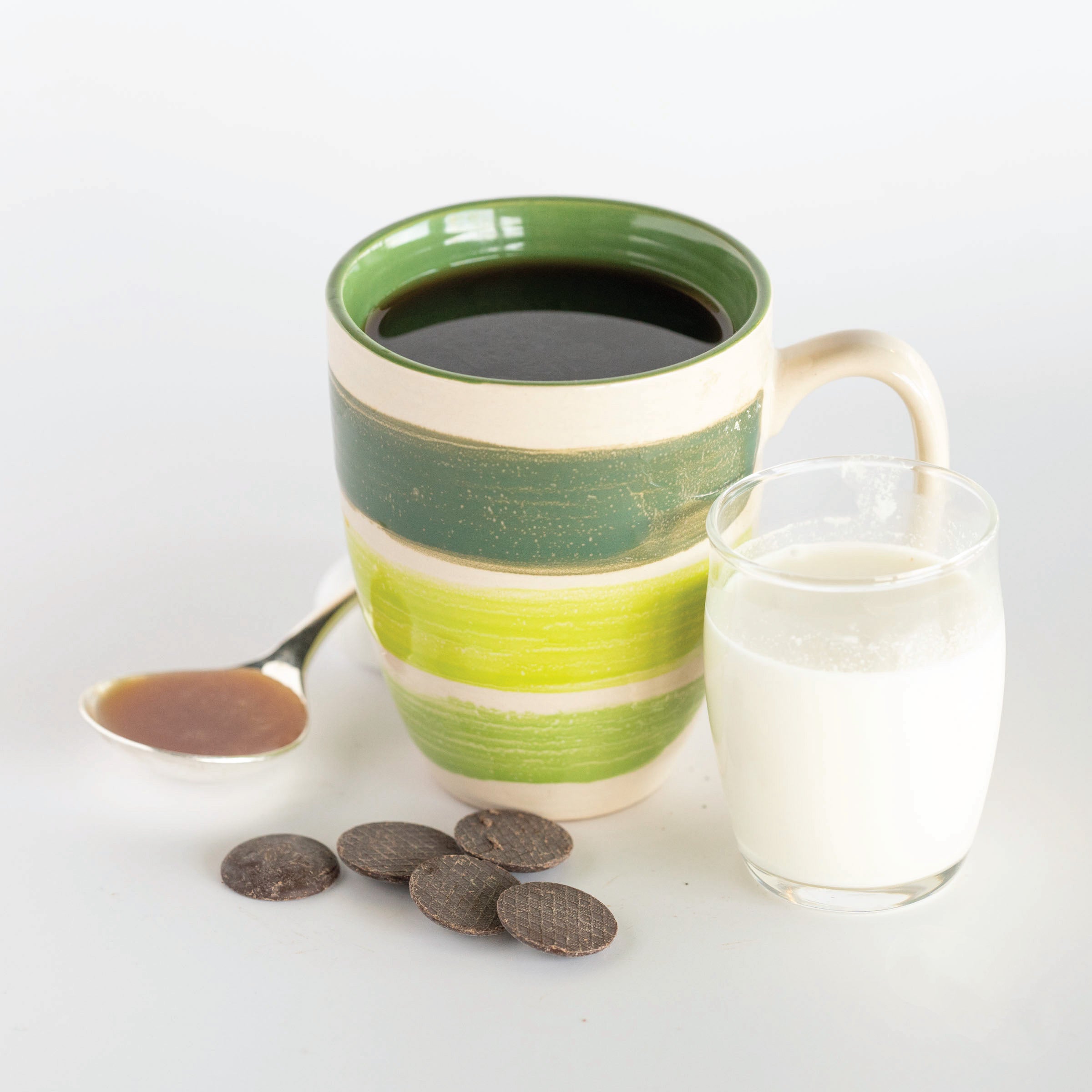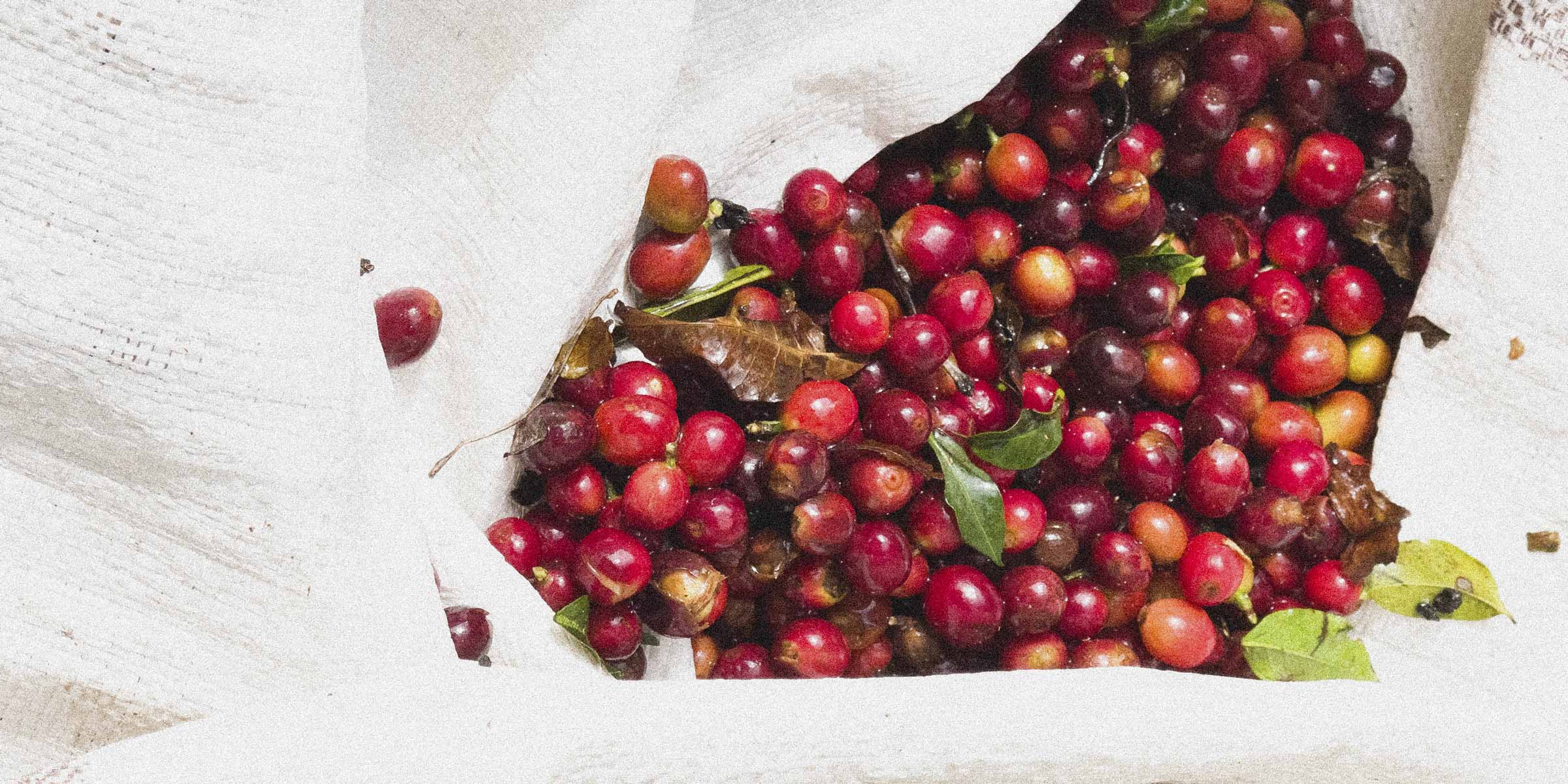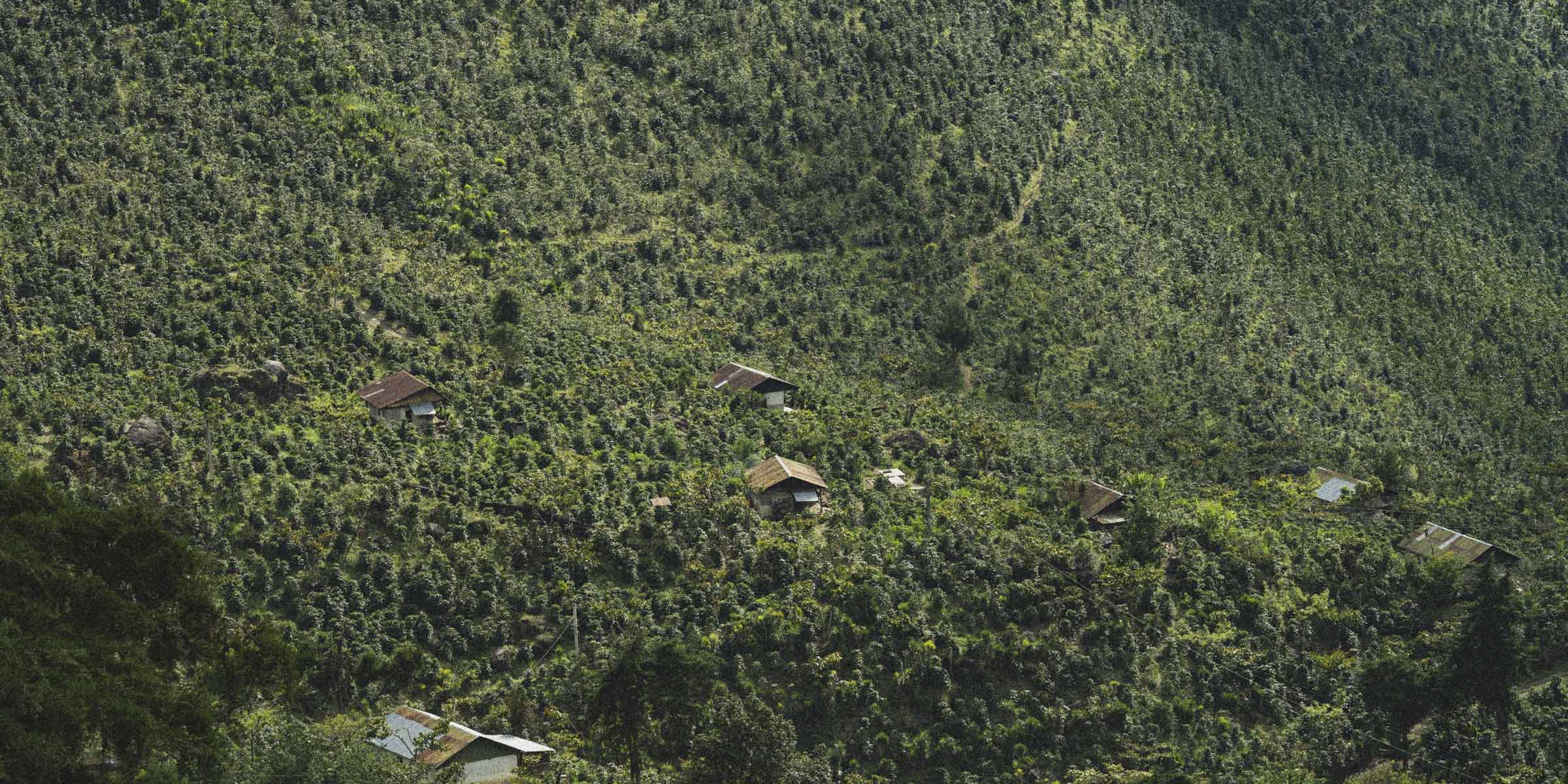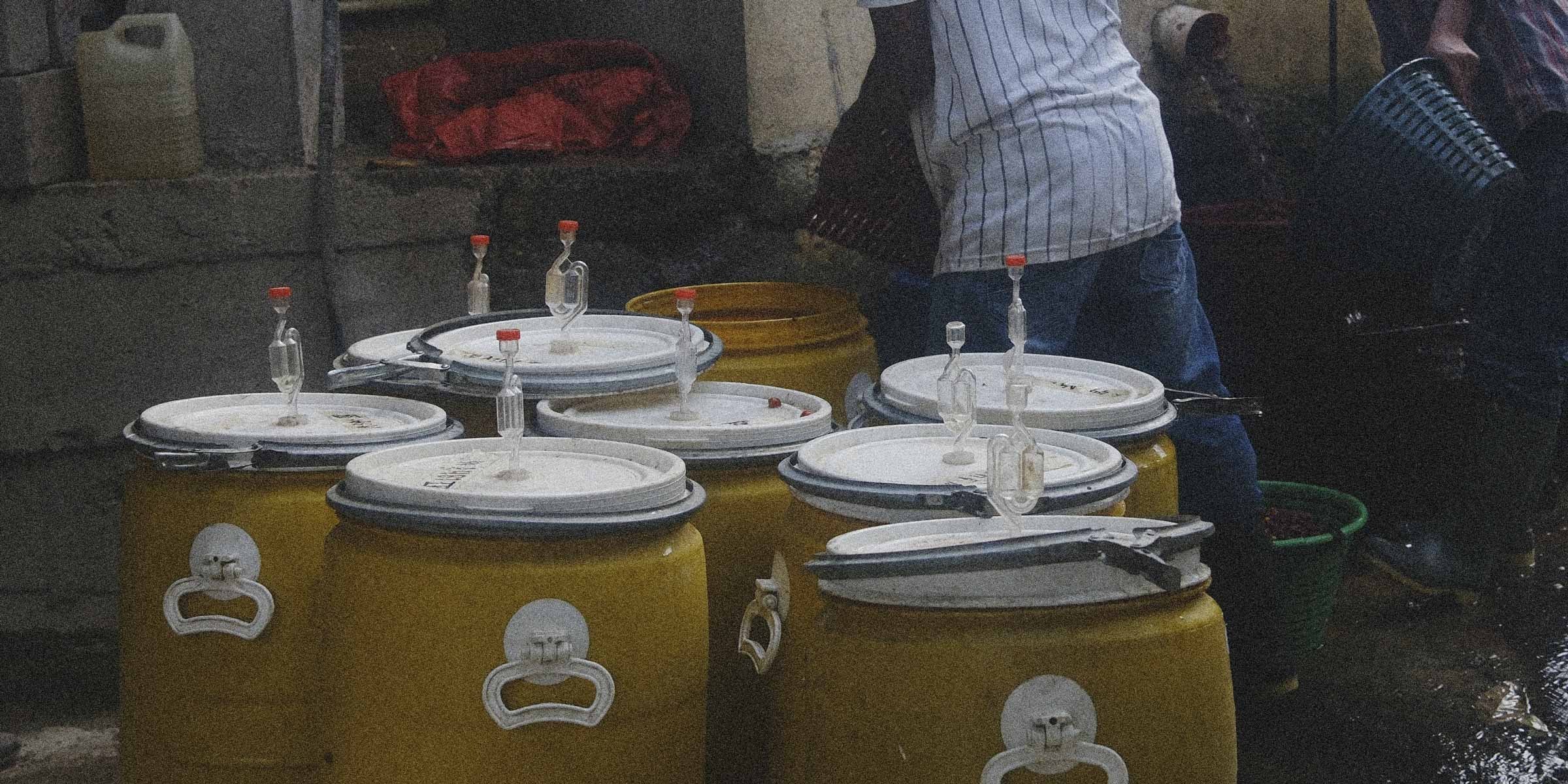
Coffee has become a staple in our daily routine, and the consumption of this beloved beverage has increased in recent years. By 2019, 64% of Americans 18 years and older drank coffee every day. Four hundred million cups per day, to be exact! As coffee is becoming more popular, consumers are showing a greater interest in specialty beans and the specificities of where and how their coffee is produced. Various stages occur between the coffee crop and home brew. First, the coffee is planted and harvested, then processed and milled to a “green bean” form, and lastly exported to the roasters where they will roast the beans to its familiar shade of brown. The coffee production phase that is the least talked about, and perhaps the most important is the wet and dry milling process.
What occurs during the milling stage, and how is a mill different from a coffee farm?
The Journey from Farm to Mill
There are three main stages in coffee production: Harvesting, Wet Milling, and Dry Milling. Before we discuss the milling processes, let’s first explore the difference between a coffee farm and a mill. For the harvesting stage of coffee production, coffee seeds are cultivated on farms along the equatorial regions, from Africa to Central America. This path of coffee-growing countries is known as the “Coffee Belt.” In specific coffee growing regions, there are communities where small, independent farmers will come together and form co-ops for cooperative farming. For harvesting specific varieties of specialty-grade coffees, there are family-owned plantation estates, known as “fincas.” Estates that produce smaller quantities of unique varietals are often separated from larger coffee shipments and come from smaller lots called “micro-lots.” Coffee farms dwell at higher elevations (usually 900-1500 meters above sea level), and in climates with consistent rainfall and fertile soil.
Although coffee is often referred to as a “bean,” it is technically a seed. The coffee seed is surrounded by mucilage and skin inside of a red coffee cherry. The farmers are responsible for handpicking the cherries and preparing them for the next step of the production journey. Coffee seeds that leave the farms will still have the cherry fruit intact. This coffee seed formation is not how they arrive at the roaster. Instead, there is a middle processing stage that transforms the coffee cherry fruit into a green coffee bean. This essential part of the journey takes place at a coffee mill. Once the coffee is cultivated and handpicked at the farm, it is sent to a local mill for perhaps the most critical stage of all: the wet and dry milling process.
The Wet Milling Process
Wet milling is the step that occurs after harvesting and involves various tasks, from pulping and fermenting to washing and drying. These processes can be achieved using different techniques and machines, depending on the desired output. After the coffee leaves the farm, it is pulped, which is the action of extracting the coffee seed from the cherry fruit. There are certain processing methods, like the natural process, where the pulp and skin are left on the bean. For wet processed coffees, the freshly pulped beans are fermented in tanks to remove any remaining fruit and then thoroughly washed. Once the washing is complete, the coffee beans are immediately dried until the ideal humidity level is accomplished. The drying technique is either done manually, laid out under sun patios, or placed in a mechanical drying machine. There are some circumstances where all three methods are used in some combination. The manner in how the drying takes place is crucial because if the dehydration takes too long, is too harsh, or the right moisture level is not achieved, then the beans’ flavor profile can be negatively affected.
The wet milling process all takes place at a mill or “washing station.” In Africa, the term washing station is most commonly used, and farmers from different regions will have one centralized station for their processing needs. Farms in Central and South America will often have their own mill or washing station, and if they do share, it would be with just a select few farmers. At Sagebrush, we have offered coffees of the same origin that were harvested from different farms but processed from the same mill. We have to be extra careful with our coffee labeling when this happens. After the coffee beans are successfully pulped, fermented, washed, and dried, they are transferred to a dry mill.
The Dry Milling Process
Dry Mills can be privately owned or open to the public and run by farmer cooperatives. The dry mill’s purpose is to hull, sort, and bag coffee per the buyer’s specifications. At times, dry mills are in charge of facilitating conversations with coffee buyers about finances and exporting operations. When coffee arrives at the dry mill, the beans are carefully checked for impurities or stones before one final parchment layer is removed. This technique is called “hulling.” Once the parchment layer is eliminated, the beans are sorted and differentiated by size, color, and density. This stage is when regular beans are separated from varietals like Peaberries and Geishas. Since the size and density of coffee can determine the speed and quality of a roast, the beans must be consistently uniform. The hulling and sorting process were traditionally done by hand, but now, automated mechanized hullers are utilized.
After the meticulous hulling and sorting procedure is complete, the freshly green coffee beans are recognizable and ready to be sorted, bagged, and exported to roasters like us. Before shipping, dry mills are typically used for storage space when farms do not have adequate storage facilities. Coffee beans are bagged based on the buyer’s directions, and usually 60 kg jute bags are preferred. The majority of coffee farmers are only able to harvest a few bag’s worth of coffee. To fill a full container and make an export worth it, some lots are blended or combined with other lots. When it is time to export, containers are filled, and the dry mill is responsible for the legal documentation and logistics. Since many coffee farms are in isolated areas, lacking basic services and technology, dry mills frequently manage their financial transactions. Although often overlooked by the industry and consumers, dry mills play an essential role in the overall coffee production and supply chain.
Coffee farms and mills work closely together to produce a cup that is worth selling. The processing at a coffee mill can seriously impact the overall taste and success of a coffee. The growing environment and farming practices indeed play an integral role in the natural flavors of the bean. Still, those elements are either enhanced or even lost by the performance of the wet and dry milling stage. The methods used in one production setting cannot work without the techniques of the other. From the harvester to the exporter, every one of these steps is vital to an excellent cup of coffee.





